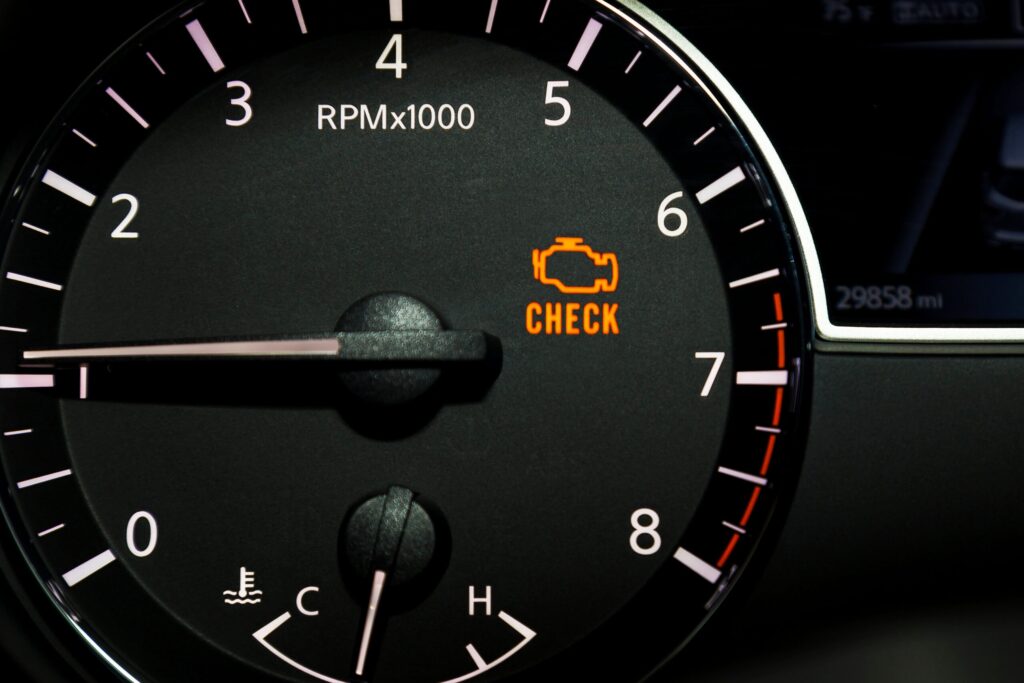Have you ever been driving and noticed a strange yellowish light pop up on your dashboard? Chances are, it was your car’s check engine light. Knowing how to respond when your car’s check engine light comes on is key to keeping yourself safe and your car in good shape. Let’s dig into the details of what you should do if your car’s check engine light comes on.
Common Reasons for a Check Engine Light To Come On
Your car is equipped with sensors that monitor various elements of its performance. When one of these elements is out of range or performing abnormally, the check engine light may come on as an alert. Common reasons for this include issues with the spark plugs or fuel injectors, a loose gas cap, low oil levels, a damaged catalytic converter, and/or faulty oxygen sensors.
What To Do If Your Car’s Check Engine Light Comes On
When your car’s check engine light comes on, don’t panic! The first thing you should do is take note of any other warning signs that could indicate a more severe issue, such as unusual noises or vibrations coming from beneath the hood or smoke coming out from under the hood or tailpipe. If you notice any of these signs, pull over immediately and call for a tow truck to take your vehicle directly to your mechanic as soon as possible.
If there are no other signs indicating a serious problem, it’s important to take some steps before immediately taking your car to a mechanic. You should check that the gas cap is tightly screwed in place and securely closed. A loose or even slightly open gas cap can cause the check engine light to turn on, and tightening or replacing the gas cap may not turn the check engine light off automatically. It may take several cycles of turning your car on and off before the light disappears after fixing the problem.
If the gas cap is securely closed and the check engine light remains on after numerous cycles, consider taking your car to a mechanic for diagnosis and repairs. The mechanic will use specialized diagnostic equipment to read the code generated by the sensor that triggered the check engine light and determine what repairs must be made. In some cases, the issue may simply require tightening or replacing certain components, such as spark plugs or fuel injectors; however, in more complex cases, such as faulty oxygen sensors, further repairs may be necessary.
A vehicle’s check engine light can send shivers down drivers’ spines—but it doesn’t have to! Knowing what can cause this warning signal—such as a loose gas cap, low oil levels, faulty oxygen sensors, and/or spark plug issues—and understanding how best to respond if it comes on are key steps in keeping yourself safe and maintaining your vehicle in top shape. Stay calm and follow the advice above if you ever see that dreaded yellow symbol appear on your dashboard!

